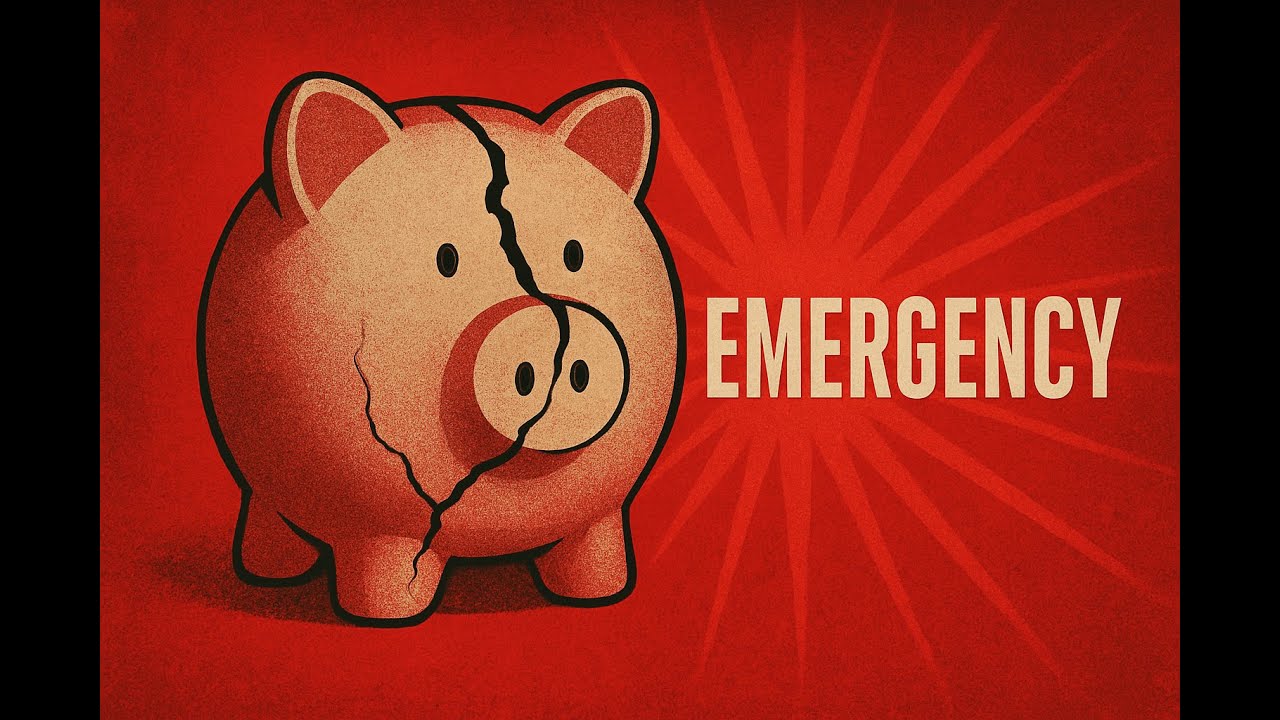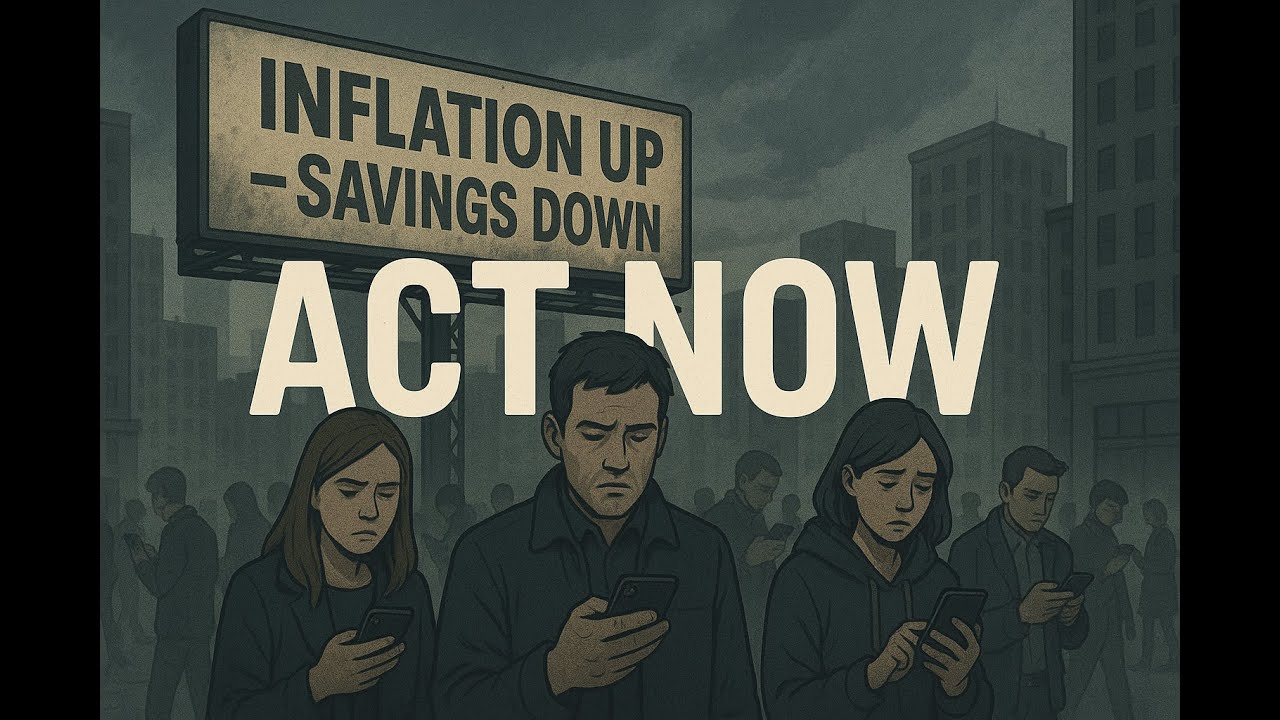Why More People Are Choosing to Skip Dining Out and Cook at Home
Discover the reasons behind the growing trend of skipping dining out in favor of home cooking. Learn about rising costs, tipping frustrations, and the benefits of preparing meals at home.
Why More People Are Choosing to Skip Dining Out and Cook at Home
Dining out and ordering takeout have long been popular conveniences, with the average person eating out four to five times a month and ordering delivery or takeout about three times monthly. However, recent trends show growing dissatisfaction among diners, driven by rising costs, shrinking portions, frustrating tipping expectations, and declining food quality. This shift is leading many to reconsider their dining habits and embrace cooking at home as a more enjoyable, affordable, and healthier alternative.
💡 Learn more: Check out our guide on The Power of Compound Interest: Why Your Future Shrinks Every Day You Delay for deeper insights.
Table of Contents
🍽️ The Rising Cost and Frustrations of Dining Out
Spending on dining out has increased significantly over recent years. According to data from the Bureau of Labor Statistics (BLS), a single person spends approximately $222 per month eating out. This figure jumps to $373 for married couples without children and reaches around $500 for families with kids. Despite these rising costs, many diners report feeling disappointed by their experiences.
Common complaints include:
-
Unreasonable prices not matched by food quality
-
Smaller portion sizes than in the past
-
Unexpected "junk fees" disguised as kitchen, health care, or convenience fees
-
Increased pressure to tip, often between 20-30%, even for takeout orders
-
Poor or indifferent service that diminishes the dining experience
These issues contribute to a growing sense that dining out has become an expensive gamble rather than a treat.
💸 The Hidden Costs: Tipping and Surprise Fees
One of the most significant sources of frustration for diners today is the complexity around tipping and additional fees. What was once a simple gesture—a modest tip at a full-service restaurant or a small tip for takeout—has transformed into a demanding expectation. Many restaurants now suggest tipping 20 to 30 percent, and even cashiers for takeout orders often prompt customers to tip before they even receive their food.
Additionally, many establishments have introduced various "junk fees" that appear on the bill with little upfront disclosure. These fees might be labeled as kitchen fees, health care fees, or convenience fees, subtly increasing the total cost without clear explanation on menus. Often, diners only notice these charges once they've already committed to their order.
🍳 The Home Cooking Comeback: Cheaper, Healthier, and Fun
In response to the challenges of dining out, many people are rediscovering the benefits of cooking at home. Far from being a chore, cooking has become a hobby and a source of enjoyment for many households. Home-cooked meals often provide better taste, improved nutrition, and significant cost savings compared to restaurant dining.
Several factors encourage this shift:
-
Access to affordable kitchen gadgets that simplify meal preparation
-
Opportunities to learn new recipes and cooking skills
-
The ability to customize meals to personal preferences and dietary needs
-
More control over ingredients and portion sizes
As cooking skills improve, meal preparation becomes quicker and more satisfying, making it an appealing alternative to eating out multiple times a week.
🥢 When Dining Out Still Makes Sense
Despite the appeal of cooking at home, certain types of meals remain difficult to replicate. For example, Chinese cuisine—with its fast stir-frying techniques, complex sauces, and balanced flavors—often requires specialized ingredients and skills that can be challenging in a typical home kitchen. Fried foods also present difficulties due to the mess and equipment needed.
These kinds of dishes justify occasional dining out, where the expertise and equipment of a restaurant can deliver a superior experience. However, for simpler, straightforward meals, cooking at home often surpasses dining out in both taste and cost-effectiveness.
👎 Declining Service Quality and Its Impact
Another major factor driving people away from restaurants is declining service quality. Diners frequently report feeling neglected or rushed, with long waits for drinks, cold or incorrect orders, and staff appearing overwhelmed or indifferent. When combined with rising prices and tipping pressures, poor service makes dining out less enjoyable and less worth the expense.
For many, this shift turns eating out from a pleasurable occasion into a frustrating obligation, further motivating the move toward home-cooked meals.
🍹 The High Price of Alcohol at Restaurants
Alcohol sales represent one of the highest profit margins for restaurants, but they also contribute significantly to inflated dining bills. A beverage that costs only a few dollars in ingredients can be marked up to ten dollars or more on a menu. This markup means that ordering drinks while dining out can easily double the total cost of a meal, making it harder to justify drinking out compared to enjoying the same beverages at home.
📉 The Economic Pressure on Restaurants and Grocery Prices
It’s important to recognize that rising restaurant prices are not solely about profit margins. Many local restaurants face increasing costs for food, wages, and rent, squeezing their ability to maintain affordable prices. According to the BLS, about half of restaurants close within five years, and only around 30% survive past a decade. This challenging environment forces restaurants to balance staying open with setting prices that customers can afford.
At the same time, grocery prices have also climbed, making home cooking more expensive than in previous years. This dual pressure creates a difficult situation for both consumers and small businesses.
🔑 Key Takeaways
-
Dining out and ordering takeout are becoming less appealing due to rising costs, smaller portions, and extra fees.
-
Increased tipping expectations and declining service quality add to diners’ frustrations.
-
Cooking at home is gaining popularity as a cheaper, healthier, and more enjoyable alternative.
-
Certain complex cuisines and dishes still justify occasional dining out.
-
Restaurants face economic challenges that contribute to higher prices.
-
Alcohol markups significantly increase the cost of dining out.
❓ Frequently Asked Questions
Why are restaurant prices rising so much lately?
Rising food costs, higher wages, increased rent, and additional operational expenses have all contributed to higher menu prices. Restaurants must balance these costs while trying to keep customers coming in.
What are “junk fees” on restaurant bills?
“Junk fees” are extra charges added to bills under labels like kitchen fees, health care fees, or convenience fees. These fees are often not clearly disclosed upfront and increase the final price unexpectedly.
Is it really cheaper to cook at home than to dine out?
Generally, cooking at home is more cost-effective, especially for simpler meals. Home cooking also allows for healthier and more customized food choices.
Why is tipping more complicated now?
Many restaurants have increased suggested tip amounts, sometimes requiring tips even for takeout orders. This shift has made tipping feel more like a mandatory expense rather than a voluntary gesture.
Are there types of food better suited for dining out?
Yes. Complex cuisines like Chinese food, or dishes requiring special equipment like deep frying, are often better enjoyed at restaurants due to the skill and resources needed.
🌟 Final Thoughts
Dining out remains a popular social activity and a welcome convenience, but escalating costs, hidden fees, and service frustrations have led many to rethink their habits. Cooking at home offers a compelling alternative that can be both enjoyable and economical, especially as people refine their culinary skills. While restaurants continue to face economic pressures, consumers are becoming more selective about when and where they spend their dining dollars. Ultimately, the choice to eat out or stay in is evolving, reflecting broader changes in how people value food, experience, and cost.
🚀 Ready to Build Real Wealth?
You've learned the strategy – now it's time for action!
🎬 Get Weekly Financial Education
Join thousands learning smart money strategies that actually work.
📺 Subscribe to @StartWithCents
💎 Download Your Free Wealth-Building Tools
Get the exclusive "First Dollar Game Plan" – your step-by-step guide to financial freedom.
📚 Continue Your Financial Journey
Explore more money-smart articles and strategies.
📖 Read More Posts • 🏠 Homepage
💡 Remember: Knowledge without action is just entertainment. Take one step today!

